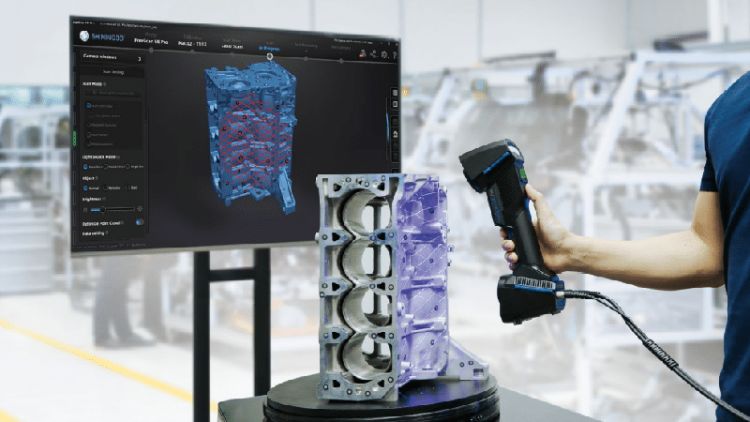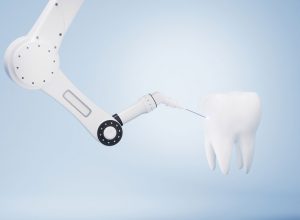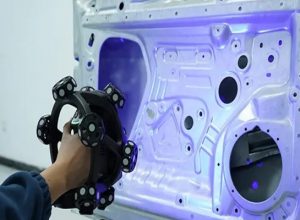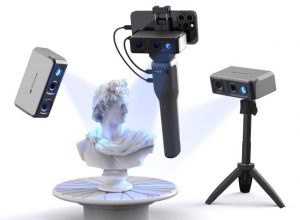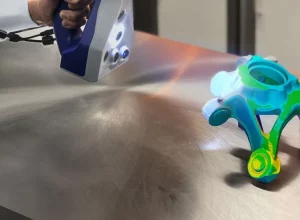The Synergy of 3D Scanning and 3D Printing Technologies
Modern technology has revolutionized the way we capture, reproduce, and interact with physical objects through the seamless integration of 3D scanning and 3D printing technologies. This process transforms physical objects into digital models and then back into precise physical replicas with remarkable accuracy.
The Digital Transformation Process: Precision Scanning and Replication
The workflow of converting a physical object into a digital model and then reprinting is a sophisticated technological process that bridges physical and digital domains through advanced engineering techniques. This intricate transformation involves precise methodological stages that require specialized equipment and expert knowledge.
| Stage | Process | Key Technologies | Technical Considerations |
|---|---|---|---|
| Scanning | Capturing object’s precise geometry and surface details | Structured light, laser, photogrammetry scanners | Resolution: 0.01-0.1mm accuracy, multiple scanning angles required |
| Digital Modeling | Converting scan data into manipulable 3D model | CAD software, mesh processing algorithms | Polygon reduction, surface smoothing, dimensional validation |
| Printing | Reconstructing physical object from digital model | FDM, SLA, SLS 3D printing technologies | Material selection, layer resolution, support structure design |
Each transformation stage demands precision and specialized technological intervention. The scanning phase utilizes advanced optical technologies that capture microscopic surface details, ensuring comprehensive geometric representation. Digital modeling subsequently translates raw scan data into manipulable 3D representations, applying sophisticated mesh processing algorithms to refine and optimize digital geometries.
The final printing stage reconstructs the original object using additive manufacturing techniques, selecting appropriate materials and printing parameters to maintain dimensional accuracy and structural integrity. Critical factors like layer resolution, material properties, and thermal considerations significantly impact the fidelity of the replicated object.
Advanced practitioners employ multi-stage validation processes, including dimensional cross-referencing, material stress testing, and comparative geometric analysis to ensure the highest possible replication accuracy.
Scanning Technologies
3D scanning technologies capture an object’s geometry through sophisticated methods that transform physical objects into precise digital representations. These advanced techniques enable comprehensive digital reconstruction with remarkable accuracy and detail.
Primary Scanning Methodologies
- Laser Scanning: Utilizes focused laser beams to conduct precise point-by-point measurements, generating highly accurate point cloud data. This method excels in capturing intricate surface geometries with submillimeter precision, making it ideal for engineering, reverse engineering, and quality control applications.
- Structured Light Scanning: Employs carefully projected light patterns onto an object’s surface to capture complex topographical information. By analyzing the geometric distortions of projected light sequences, this technique can rapidly create detailed 3D surface maps with excellent resolution and minimal physical contact.
- Photogrammetry: Leverages computational image analysis techniques to reconstruct three-dimensional geometries from multiple overlapping photographic perspectives. Advanced algorithms triangulate spatial coordinates, enabling comprehensive digital representation of objects through computational image processing.
Technical Considerations
Each scanning technology offers unique advantages depending on the specific requirements of the object being digitized. Factors such as surface complexity, material properties, and desired resolution significantly influence the selection of an appropriate scanning methodology.
| Scanning Method | Accuracy Range | Typical Applications |
|---|---|---|
| Laser Scanning | 0.05-0.5mm | Engineering, Quality Control |
| Structured Light | 0.1-0.3mm | Product Design, Medical Imaging |
| Photogrammetry | 1-5mm | Archaeology, Architectural Documentation |
These advanced scanning technologies seamlessly bridge the physical and digital realms, enabling precise digital capture and subsequent reproduction through 3D printing processes.
Digital Model Processing
After scanning, specialized software processes raw scan data into clean, printable 3D models. This involves:
- Mesh repair and optimization
- Surface smoothing
- Scale and orientation adjustment
Practical Applications
The combined technology finds applications across multiple industries:
- Cultural heritage preservation
- Medical prosthetics and implant design
- Industrial part replication
- Automotive and aerospace prototype development
Technical Considerations
Successful object reproduction depends on several critical factors:
- Scanner resolution and accuracy
- Material selection for 3D printing
- Post-processing techniques
- Alignment and calibration of equipment
Limitations and Challenges
Despite advanced technologies, challenges remain in achieving perfect replication:
- Complex geometries with intricate details
- Material property limitations
- Color and texture reproduction
Future Trajectory
Emerging technologies continue to push the boundaries of 3D scanning and printing, promising increasingly sophisticated and precise object reproduction capabilities.
